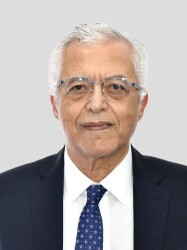BibTex format
@article{Mazmishvili:2018:10.7150/jca.25084,
author = {Mazmishvili, K and Jayant, K and Janikashvili, N and Kikodze, N and Mizandari, M and Pantsulaia, I and Paksashvili, N and Sodergren, MH and Reccia, I and Pai, M and Habib, N and Chikovani, T},
doi = {10.7150/jca.25084},
journal = {Journal of Cancer},
pages = {3187--3195},
title = {Study to evaluate the immunomodulatory effects of radiofrequency ablation compared to surgical resection for liver cancer},
url = {http://dx.doi.org/10.7150/jca.25084},
volume = {9},
year = {2018}
}

